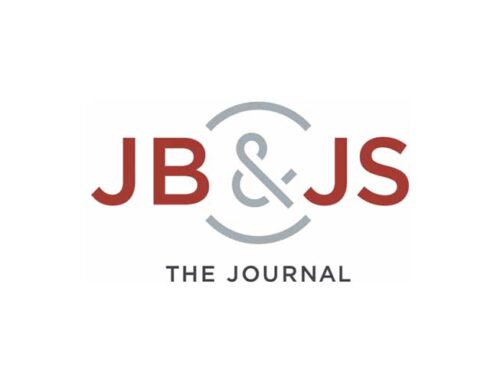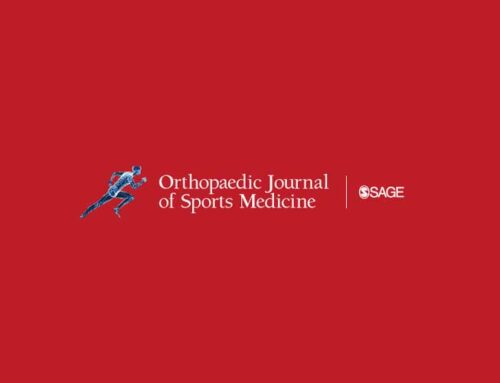Authors
Nwachukwu BU, So C, Schairer WW, Shubin Stein BE, Strickland SM, Green DW, Dodwell ER
Abstract
BACKGROUND:
The surgical management of traumatic patellar dislocations in adolescents is associated with a lower rate of recurrent dislocations compared with nonoperative care. However, the attendant cost of surgery and the quality-of-life benefit of a surgical treatment strategy are unclear.
PURPOSE:
To compare the cost-utility of 3 management strategies for acute first-time patellar dislocations in adolescents: (1) nonoperative treatment only, (2) initial nonoperative treatment with surgery only for recurrent dislocations, and (3) immediate surgery.
STUDY DESIGN:
Economic and decision analysis; Level of evidence, 2.
METHODS:
A 10-year state-transition Markov model was constructed to compare the cost-utility of the 3 index treatment protocols. Utilities used to define health states were derived from a telephone interview of 60 adolescents with a history of acute patellar dislocations. The probability of transition between each health state was informed by the available literature. Direct costs were estimated using a statewide ambulatory surgery database, and indirect costs were estimated based on parental lost productivity. Effectiveness was expressed in quality-adjusted life years (QALYs). The principal outcome measure was the incremental cost-effectiveness ratio (ICER).
RESULTS:
In the base case for our model, nonoperative treatment only was the least costly ($7300) but also the least effective (5.30 QALYs); initial nonoperative treatment with delayed surgery cost $10,500 for a 5.93 QALY benefit, while immediate surgical treatment cost $17,100 and provided 6.32 QALY benefits. Compared with nonoperative treatment only, initial nonoperative treatment with delayed surgery was associated with an ICER of $5100 per QALY. When immediate surgery was compared with a strategy of delayed surgery, immediate surgery provided incremental benefits at an ICER of $17,000 per QALY. The model was sensitive to the probability of surgical versus nonoperative treatment to achieve a full return to preinjury activity versus an intermediate lower state. When the probability of achieving a full return to preinjury activity with initial nonoperative treatment exceeds 47.5% (compared with 34.2% in the base case), then initial nonoperative treatment with delayed surgery is preferred to immediate surgery. Similarly, when the probability of achieving a full return to full preinjury activity with surgery falls below 51% (compared with 64% in the base case), then delayed surgery after initial nonoperative treatment is preferred.
CONCLUSION:
Immediate surgery and delayed surgical treatment are both cost-effective treatment options; however, immediate surgical treatment provides the highest QALY gains within a 10-year time horizon. Our model sensitivity analysis highlights the role of optimizing functional and quality-of-life benefits in the treatment of acute traumatic patellar dislocations. These findings have implications for clinical guidelines and policy decisions relating to adolescent patellar dislocations.
View: Economic Decision Model for First-Time Traumatic Patellar Dislocations in Adolescents.



